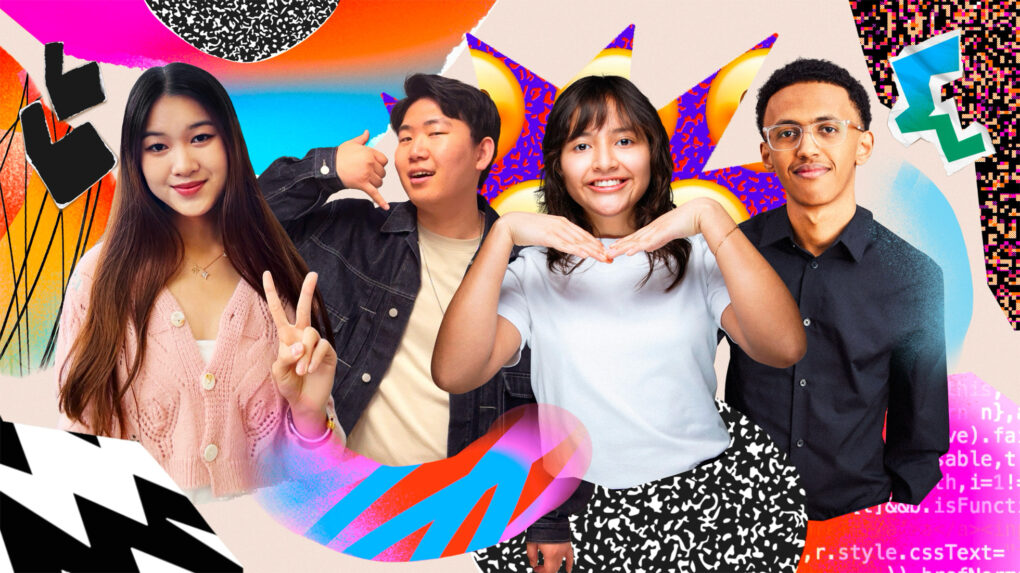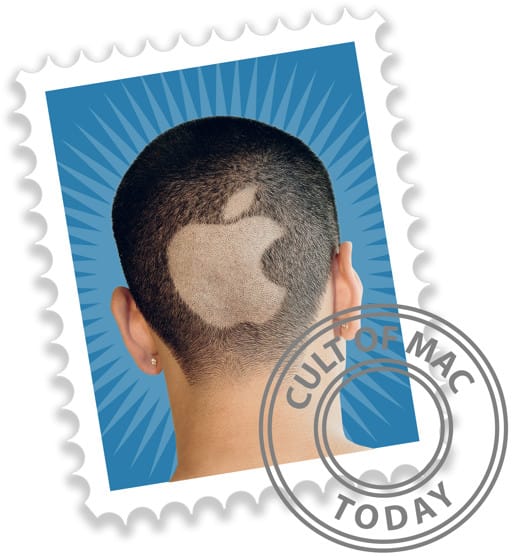Apple’s annual Swift Student Challenge coding competition showcases young talent whose apps never cease to inspire. This year is no different, as Apple profiles four coders working to preserve cultural heritage, improve disaster preparedness, connect astronomy enthusiasts and expand educational access. Meet Swift Student Challenge winners and their inspiring coding projects below.
These four are part of a group of 50 winners who will attend WWDC25 in person at Apple Park in Cupertino for a three-day program.
“We’re always inspired by the talent and perspective young developers bring to the Swift Student Challenge,” said Susan Prescott, Apple’s vice president of Worldwide Developer Relations. “This year’s winners show exceptional skill in transforming meaningful ideas into app playgrounds that are innovative, impactful, and thoughtfully built — and we’re excited to support their journey as they continue building apps that will help shape the future.”
Meet 4 Swift Student Challenge winners who hope to change the world through code
Apple’s Swift Student Challenge this year drew innovative submissions from students across 38 countries and regions. Among the 350 winners, 50 Distinguished Winners got invites to Apple Park for the Worldwide Developers Conference (WWDC). They’ll participate in a three-day experience including the live June 9 Keynote, expert learning sessions and hands-on labs.
The annual challenge invites students to create original app playgrounds using Swift, Apple’s intuitive coding language. This year’s winning submissions demonstrate exceptional skill in transforming meaningful ideas into innovative, impactful and thoughtfully constructed app playgrounds.
Many winners drew inspiration from their local communities to create tools with potential global impact. Four Distinguished Winners — Taiki Hamamoto, Marina Lee, Luciana Ortiz Nolasco, and Nahom Worku — exemplify how coding can drive meaningful change across cultural preservation, disaster preparedness, scientific exploration and educational access, Apple said.
Preserving Japanese cultural heritage through gaming
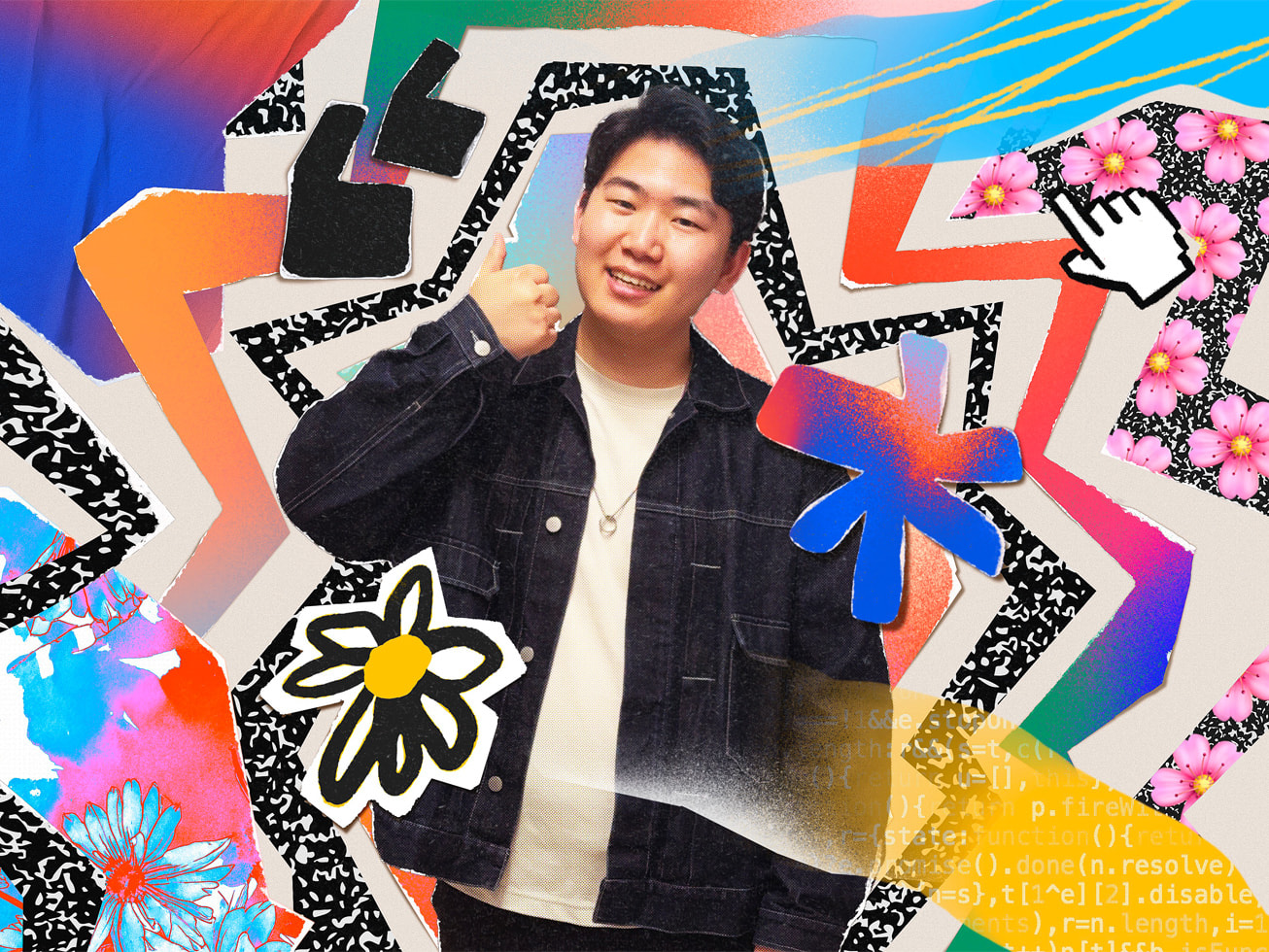
Photo: Apple
When 22-year-old Taiki Hamamoto discovered that few people in his generation knew how to play Hanafuda, a traditional Japanese card game he enjoyed with family, he decided to use technology to preserve this cultural tradition. His winning app playground, Hanafuda Tactics, teaches novices the game’s rules and card system while honoring its cultural significance.
The game features 48 cards divided into 12 suits representing months of the year, each illustrated with seasonal plants reflecting Japan’s reverence for nature. While maintaining the classic iconography, Hamamoto modernized the gameplay by incorporating video game elements like hit points to appeal to younger generations.
Using SwiftUI’s DragGesture, he created dynamic, responsive effects like tilting and glowing cards that make gameplay feel natural and engaging. He’s even exploring making the game playable on Apple Vision Pro.
“Hanafuda is unique in that it allows you to experience the scenery and culture of Japan,” Hamamoto explained. “I want users of my app to feel immersed in it, and I want to preserve the game for generations to come.”
Creating emergency resources for natural disaster preparedness
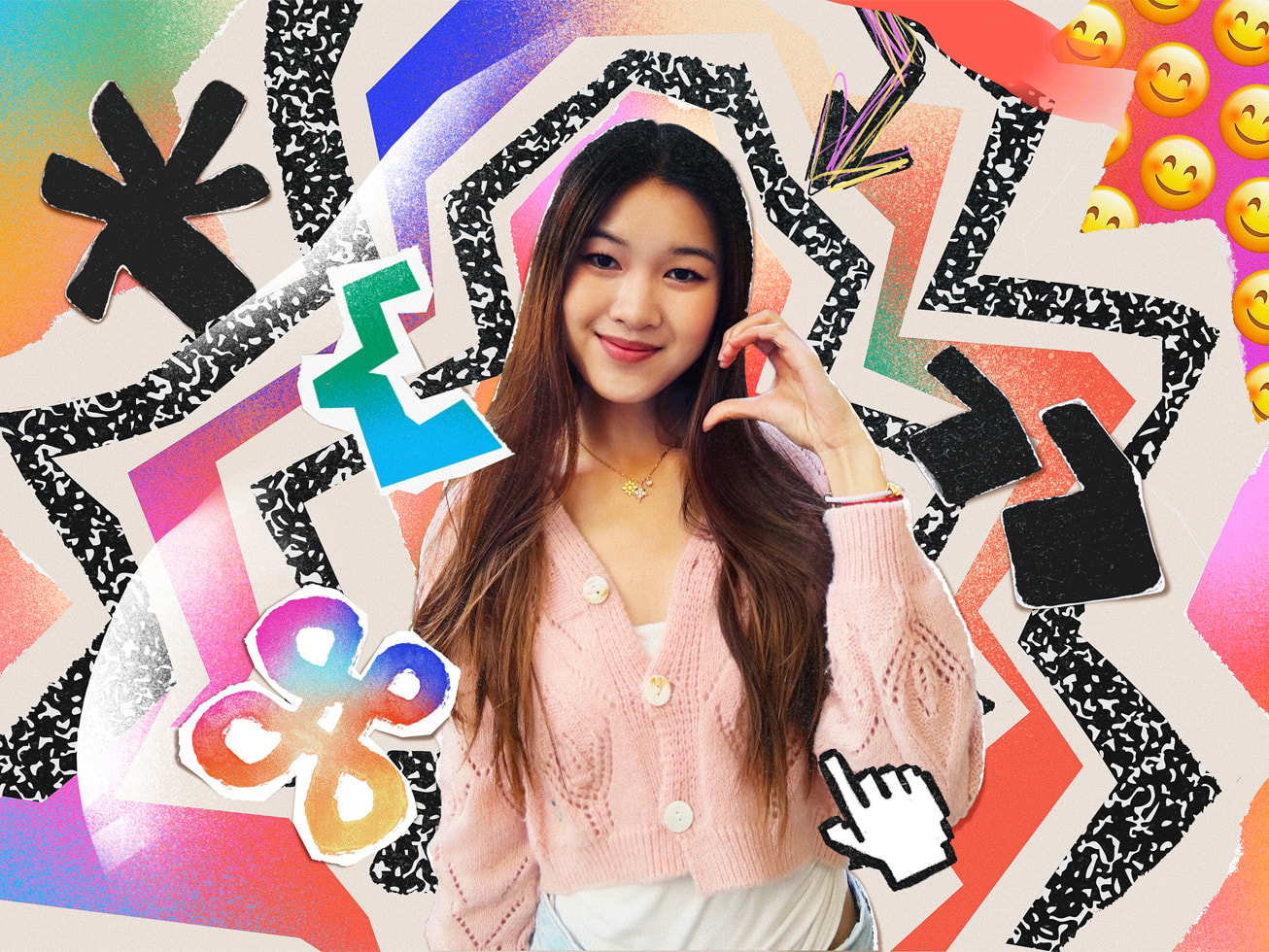
Photo: Apple
When wildfires spread across Los Angeles earlier this year, Marina Lee received an urgent call about her grandmother needing to evacuate. The 21-year-old USC computer science student realized there was a need for accessible emergency resources for less tech-savvy users like her grandmother. She panicked about what to pack and how to stay informed.
Lee’s solution, EvacuMate, helps users prepare emergency checklists for evacuations. The app integrates with iPhone’s camera roll for uploading important documents and imports emergency contacts from the user’s contact list. It also includes resources on checking air quality levels and assembling first-aid kits.
As Lee refines her app, she’s focusing on accessibility by adding support for different languages — particularly important for her grandmother, who isn’t comfortable reading English.
“Coding is so much more than just developing software,” said Lee, who hosts hackathons with her organization Citro Tech and mentors for USC Women in Engineering. “It’s really the friendships you build, the community you find, and the problem-solving journey that empower you to make a difference.”
Building community among astronomy enthusiasts
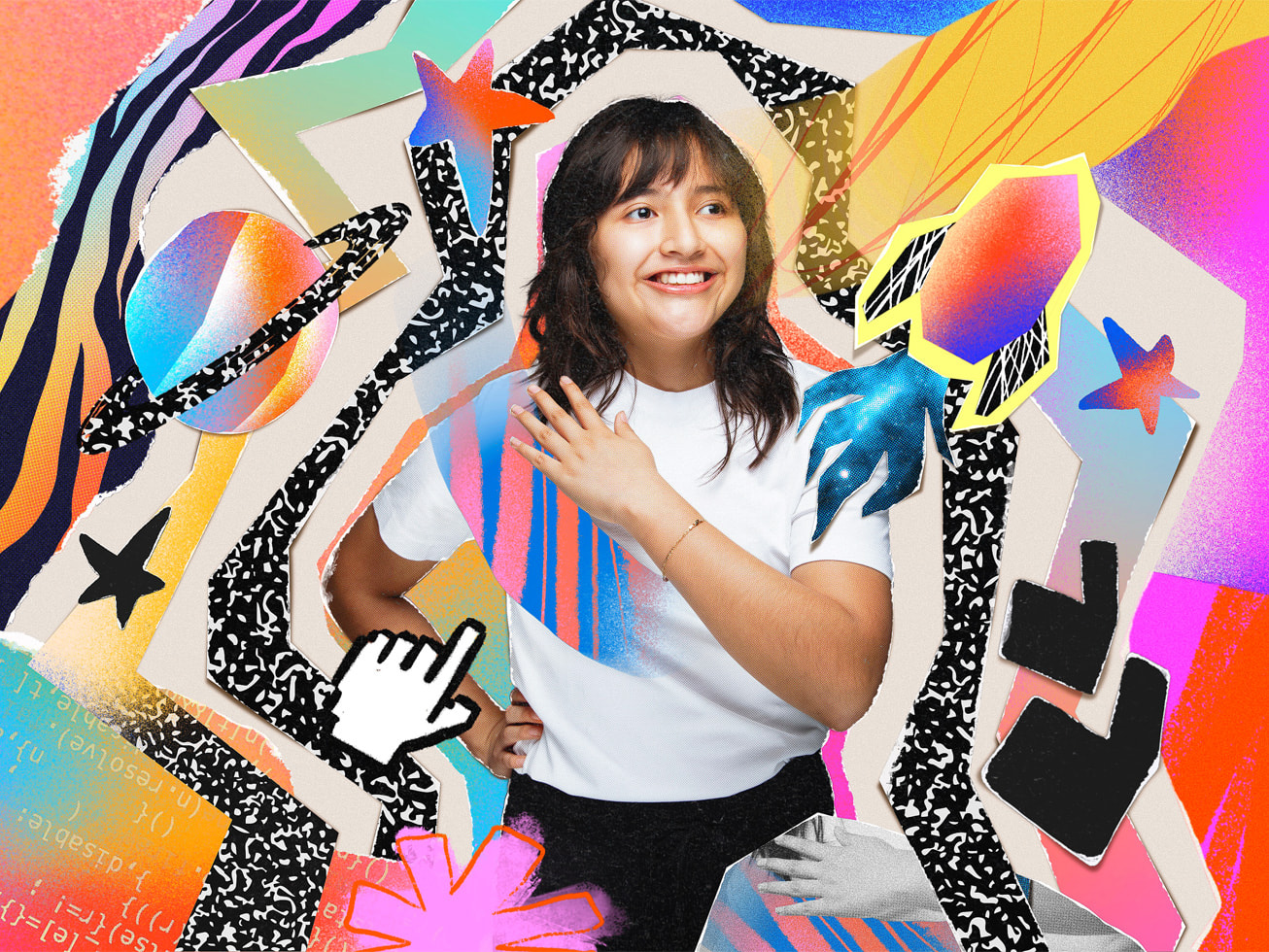
Photo: Apple
Luciana Ortiz Nolasco is just 15 years old, but her passion for astronomy began when she received a telescope for her 11th birthday. Living in heavily industrialized Nuevo León, Mexico, she faced two challenges: smog that obscured star visibility and lack of fellow enthusiasts. Eventually finding community in the Astronomical Society of Nuevo León, she would travel to the countryside on weekends to view stars more clearly.
These experiences inspired her app playground BreakDownCosmic. It’s a virtual gathering place where astronomy enthusiasts can add upcoming astronomical events to their calendars, earn medals for completing “missions” and chat with fellow astronomers about their observations.
“Swift is very easy to learn, and using Xcode is very intuitive,” Ortiz Nolasco explains. “Most of the time, it would correct me if I had an error. I didn’t have to spend time looking for hours and have it turn out to just be a small error I overlooked.”
After attending WWDC, she plans to continue developing BreakDownCosmic with the goal of eventually launching it on the App Store.
“I want people to feel like they’re going on a journey through space when they log into my app,” she said. “The universe is full of mysteries we have yet to discover, and infinite possibilities.”
Expanding educational access through machine learning
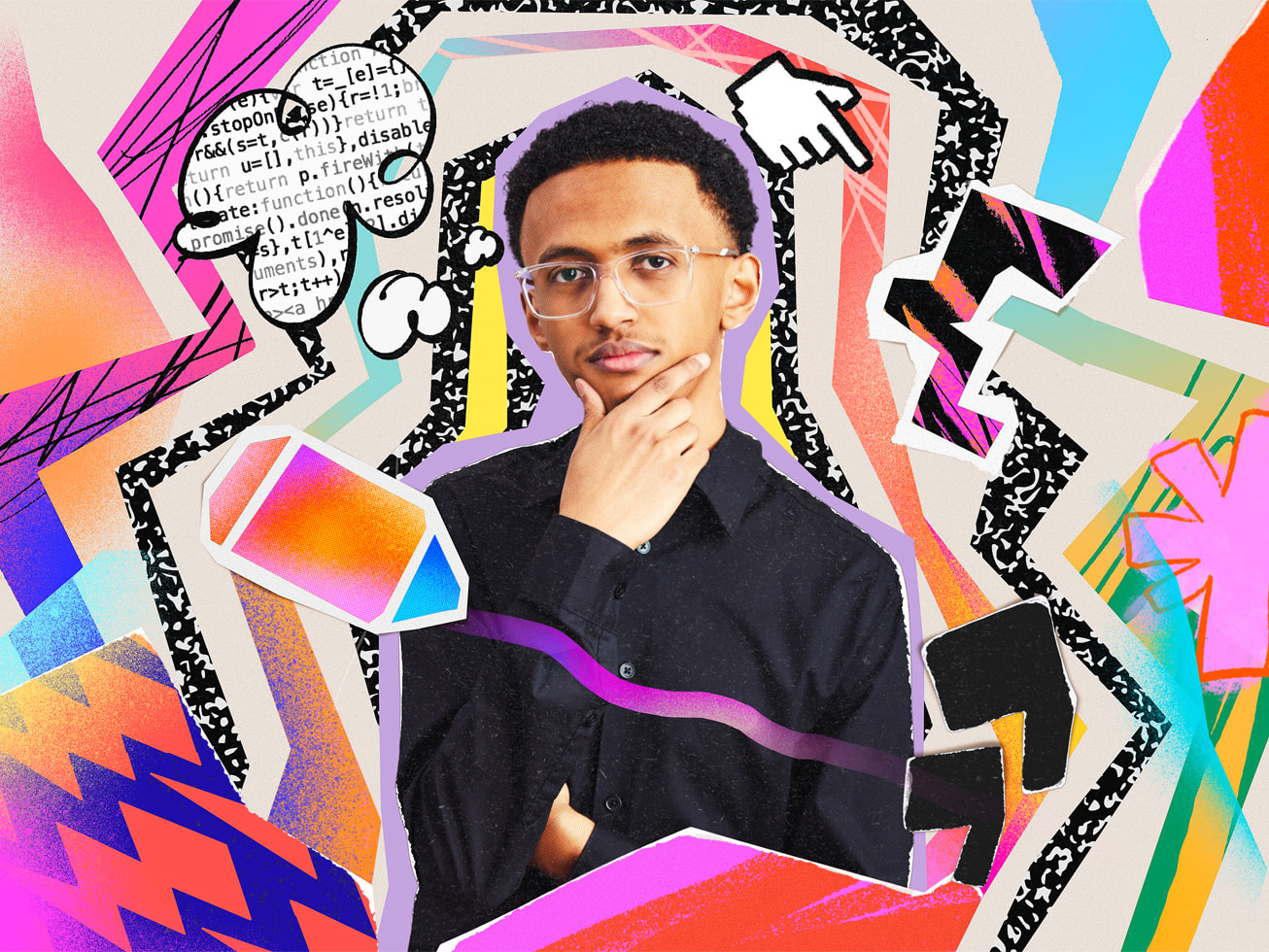
Photo: Apple
Nahom Worku’s journey to becoming a developer spans continents and experiences. Growing up in Ethiopia before moving to Canada, the 21-year-old York University student witnessed firsthand how many students lacked quality education and reliable internet access. During the pandemic, he discovered coding through books and joined Black Kids Code, eventually becoming a mentor himself.
While working on a United Nations Sustainable Development Goal project focused on quality education, Worku created AccessEd, an app playground designed to offer learning resources that work with or without Wi-Fi connectivity.
Built using Apple’s machine learning and AI tools, including Core ML and the Natural Language framework, the app delivers personalized learning experiences by recommending courses based on a student’s background. It can even analyze photos of handwritten notes to create flash cards and includes a task management system with notifications to help students balance academic and family responsibilities.
“I hope my app will inspire others to explore how modern technologies like machine learning can be used in innovative ways, especially in education, and how they can make learning more engaging, effective, and enjoyable,” says Worku.
Meet Swift Student Challenge winners: The next generation of developers
Over the past five years, Apple’s Swift Student Challenge has helped thousands of participants from around the world build successful careers, found businesses and create organizations focused on democratizing technology. The program continues to demonstrate Apple’s commitment to nurturing diverse talent and innovative thinking among young developers who are using technology to address meaningful challenges in their communities and beyond.
For more information about the Swift Student Challenge, visit developer.apple.com/swift-student-challenge.
Source: Apple
